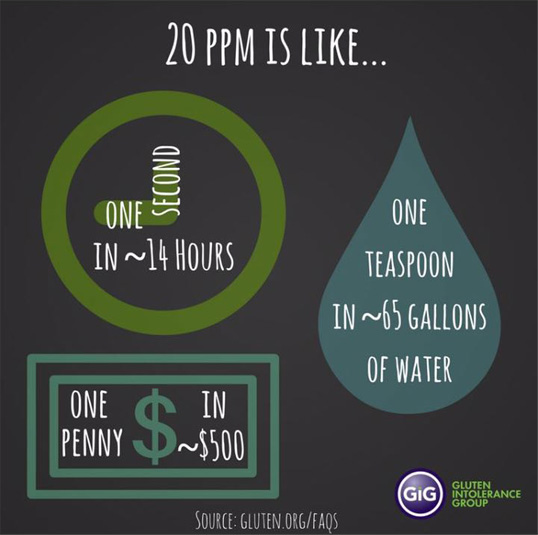TREATMENT FOR CELIAC DISEASE
The only treatment for Celiac disease is to go on a lifelong gluten-free diet. This may sound like an easy solution at first, but gluten unfortunately is hidden in food additives, flavorings, cosmetics, school supplies, and more. Therefore, it is more of adopting a gluten-free lifestyle.
Nutritional Concerns
At the time of diagnosis, parents and children should meet a registered dietitian who is knowledgeable about Celiac Disease and the gluten-free diet. The patient and the family need to be educated regarding the negative consequences of untreated Celiac disease, including nutrition related complications such as iron deficiency, osteoporosis, and autoimmune disorders.

